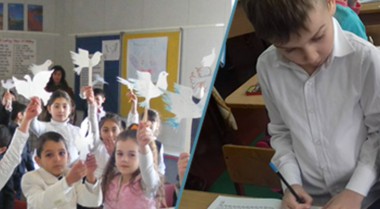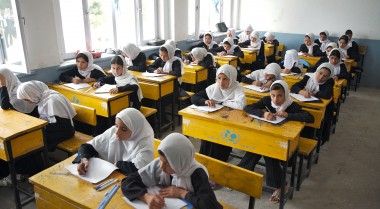
Armenia’s Peace & Conflict Resolution Education in Schools Program
Through a series of case studies, the GPPAC Peace Education Working Group highlights examples of how peace and conflict education efforts are being scaled in countries and regions, both within the formal education structures (schools, teacher training facilities) for primary, secondary and higher education, as well as in the community. Each case study highlights the efforts that civil society and government actors have undertaken in order to create collaborative processes to develop, disseminate, train, monitor and improve the learning and application of peace education at scale. The case studies also highlight lessons learned to assist those who are seeking to engage with civil society and government actors to improve peace and conflict education initiatives in their own countries and regions.
The first case studies of the series is 'Armenia’s Peace & Conflict Resolution Education in Schools Program'. The Women for Development, NGO began their work in peace education in 2002 in response to the high rates of poverty, unemployment, socio-economic challenges, high rates of migration and the on-going Nagorno-Karabagh conflict. These issues were having a direct impact on the entire Armenian population, including schools. In 2019, there are still many issues facing Armenia. The school mirrors the society. The issues and conflicts existing within the society have a direct impact on the school environment. This, at times, can provoke conflicts in student-student, student-teacher and teacher-parent relations. This is why Women for Development, NGO decided to focus on educating and transferring relevant skills and knowledge to schoolchildren through peace education – skills, which they could apply in managing their daily conflicts and addressing challenges in their communities.


